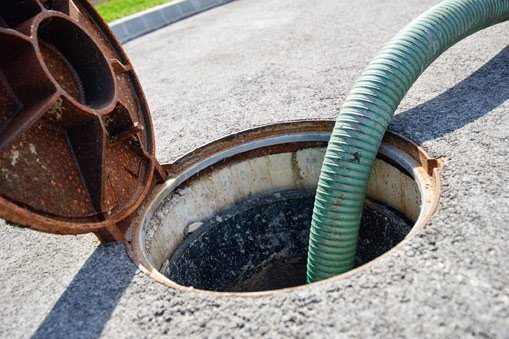As colder temperatures stick around in Northern Alabama, it's natural to think that critical home…

Lend Your Septic System a Helping Hand
When you use the plumbing appliances in your home, do you rinse and flush your waste into a municipal sewer system or a septic tank? If your property is equipped with a septic system, you have access to an efficient and localized waste treatment plant right in your own yard.
Septic systems can safely handle most household waste with ease as long as they receive proper care. Most homeowners who have a septic tank know they need to perform routine maintenance to keep their septic systems running correctly. What you might not realize is that there are some simple things you can do to enhance the performance of your septic tank over time.
Being proactive instead of reactive will extend the life of your septic system well into the future.
Use the Right Soaps
Soap products are used in a variety of ways in the average American household. You use soap to clean your skin and hair, to wash your dishes, and to launder your clothing. If you rely on a septic system for waste removal, then you need to exercise caution when selecting soaps for daily use.
A septic system relies on a storage tank, organic bacteria, and soil filtration to help treat waste. Using soaps that have antibacterial properties could disrupt the natural bacteria production within your septic tank. Altering bacteria levels could cause your tank to fill up faster than usual.
You should also avoid the use of powdered laundry detergents if you want to protect your septic system. Many powdered laundry soap products contain montmorillonite clay as a filler. This type of clay can accumulate on the interior walls of your septic tank, harden over time, and limit the function of your septic system.
Be sure that you are using the correct soap products to help your septic system achieve maximum performance.
Remove Dangerous Trees
Many of the major components within your septic system are located below the ground’s surface. These components include the actual septic tank, pipes leading into and out of the tank, and the drainfield where soil filtration occurs. Damaging any of these major components could compromise the function of your home’s plumbing system.
Roots from trees and shrubs pose a serious risk to the quality of your septic system. Certain species of trees have roots that will spread far and wide, seeking out nutrients and moisture. Your septic system can provide the nutrients and moisture trees are looking for.
To prevent tree roots from penetrating your septic tank or plumbing pipes, eliminate dangerous species like elms, maples, and birches from your home’s landscape.
Install Low-Flow Fixtures
Water-conserving fixtures can help reduce the amount of water that you send down your drains each day. Update your home by installing a low-flow toilet, showerhead, and faucets to help regulate water waste.
By reducing the amount of water that flows into your septic tank, you are able to alleviate some of the workload taken on by your home’s septic system. The septic tank will not fill up as quickly, and your drainfield will not become overly saturated or clogged as it attempts to deal with a high volume of liquid waste.
Low-flow fixtures don’t only help out your septic system; they can reduce your monthly utility expenses as well.
A functional septic system is critical to the safety and convenience of your home. Pumping out your tank every few years can maintain performance, but being proactive in helping your septic system function at maximum capacity will yield the greatest results.
Contact Economy Septic Tank Service for more information on tactics you can use to enhance the performance of your septic system in the future.



